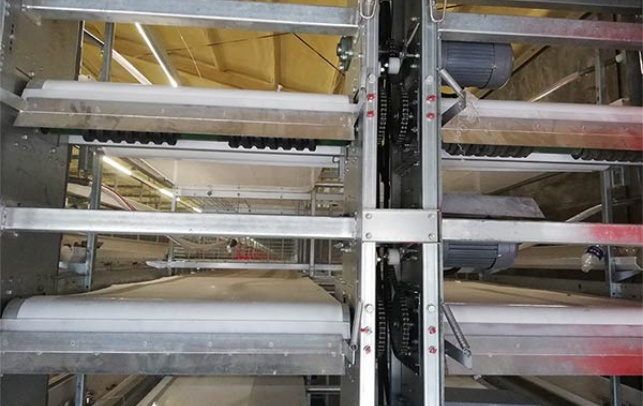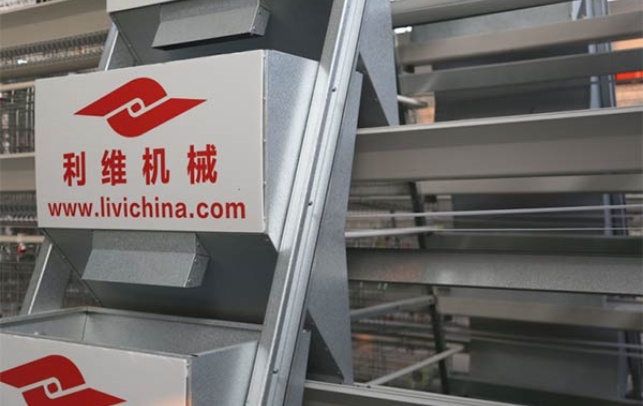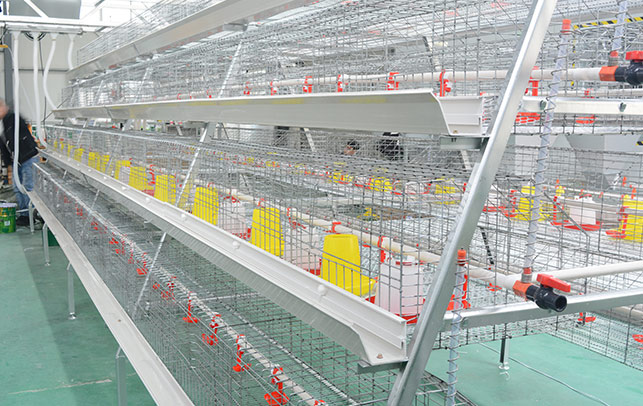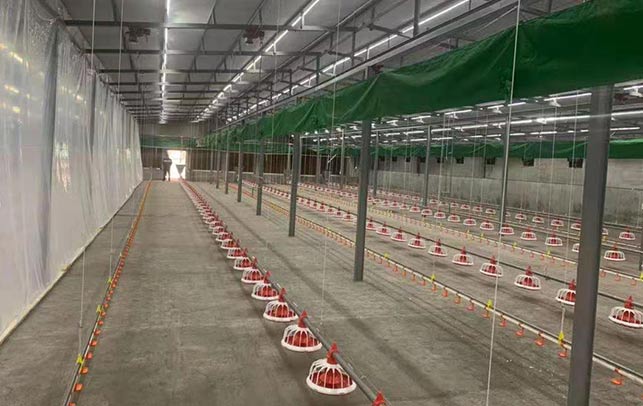Step-by-Step Chicken Farm Setup Guide: A Comprehensive Professional Guide
Time : 2025-06-28
Welcome to our comprehensive guide on setting up a chicken farm. Whether you are a beginner or an experienced farmer looking to expand your operation, this step-by-step guide will provide you with all the essential information and professional advice you need. In this article, we will cover everything from choosing the right location to selecting the appropriate equipment and maintaining a healthy flock. Let’s dive in!
1. Planning Your Chicken Farm
The first step in setting up a chicken farm is thorough planning. This involves considering the size of your farm, the type of chickens you want to raise, and the local regulations and permits required.
1.1 Determine the Size of Your Farm
Decide how many chickens you want to raise and the size of the farm accordingly. Consider factors such as the amount of space available, your budget, and the market demand for eggs or meat.
1.2 Choose the Right Location
Select a location that is suitable for your chickens. Look for a site that is accessible, has ample space, and is away from residential areas to minimize noise and odor issues. Additionally, consider the soil quality, water supply, and proximity to suppliers and markets.
1.3 Research Local Regulations and Permits
Before starting your chicken farm, ensure you comply with local regulations. Check for any zoning restrictions, waste management requirements, and permits needed for operating a poultry farm.
2. Designing Your Chicken House
The design of your chicken house is crucial for the health and productivity of your flock. A well-designed house will protect your chickens from weather elements, predators, and disease.
2.1 Choose the Right Chicken House Type
There are several types of chicken houses to choose from, including conventional, hoop houses, and free-range pens. Each has its own advantages and disadvantages. Consider factors such as climate, space, and budget when making your choice.
2.2 Plan the Layout
Plan the layout of your chicken house, including the placement of roosts, feeders, waterers, and nesting boxes. Ensure that there is enough space for each chicken and that the layout promotes easy movement and access for you and your chickens.
2.3 Ensure Proper Ventilation and Temperature Control
Proper ventilation and temperature control are essential for the health of your chickens. Design your chicken house with ventilation systems that provide fresh air and manage temperature fluctuations effectively.
3. Selecting the Right Equipment
The right equipment can make a significant difference in the efficiency and profitability of your chicken farm.
3.1 Feeders and Waterers
Invest in high-quality feeders and waterers that are durable, easy to clean, and provide adequate space for your chickens. Consider automated feeders and waterers for convenience and accuracy.
3.2 Roosts and Nesting Boxes
Provide roosts and nesting boxes that are comfortable and easy to access for your chickens. Choose materials that are resistant to corrosion and provide good grip for your chickens.
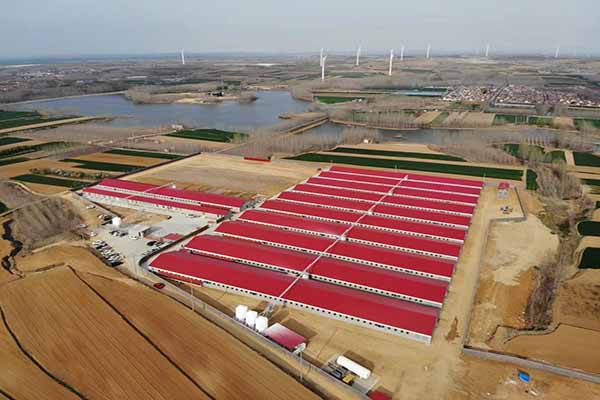
3.3 Heating and Cooling Systems
For chicken houses in extreme climates, heating and cooling systems are essential. Choose equipment that is energy-efficient and capable of maintaining a comfortable environment for your chickens.
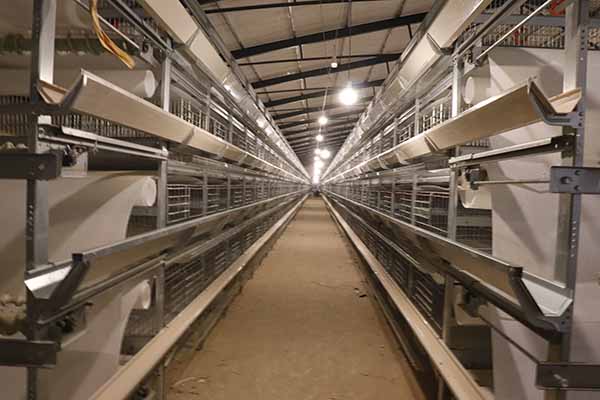
3.4 Predator Control Devices
Install predator control devices such as fences, netting, and electronic alarms to protect your chickens from predators.
4. Building Yo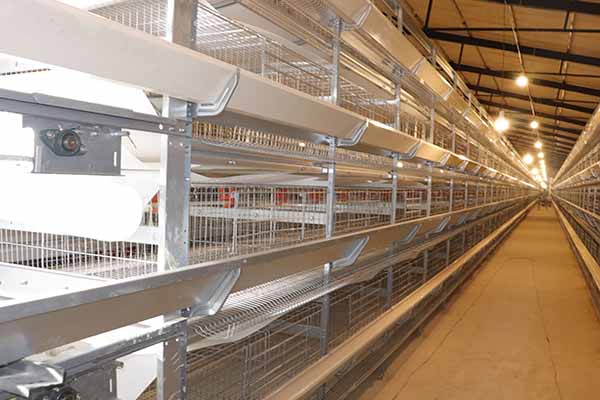 ur Chicken House
ur Chicken House
Once you have planned and selected the necessary equipment, it’s time to build your chicken house.
4.1 Choose Quality Building Materials
Use quality building materials that are durable, weather-resistant, and safe for your chickens. Ensure that the structure is secure and can withstand harsh weather conditions.
4.2 Construction Process
Follow a step-by-step construction process, starting from the foundation to the roof. Ensure that all aspects of the building are in line with your design and that safety measures are in place.
5. Maintaining Your Chicken Farm
Running a successful chicken farm requires ongoing maintenance and attention to detail.
5.1 Regular Cleaning and Disinfection
Clean and disinfect your chicken house regularly to prevent the spread of disease. Use appropriate cleaning agents and ensure that all equipment is properly sanitized.
5.2 Monitor Chicken Health
Regularly monitor the health of your chickens. Look for signs of illness or stress and seek veterinary assistance if necessary.
5.3 Optimize Feeding and Watering
Provide a balanced diet and clean water to your chickens. Adjust the feeding and watering schedule as needed based on the age, sex, and health of your chickens.
6. Market Your Products
Develop a marketing plan to promote your chicken farm products and reach your target market.
6.1 Build a Strong Brand
Create a strong brand that resonates with your target audience. Use quality packaging, labeling, and branding materials to differentiate your products from competitors.
6.2 Utilize Marketing Channels
Utilize various marketing channels, including social media, local markets, and direct sales to promote your chicken farm products.
Conclusion
Setting up a chicken farm is a significant undertaking that requires careful planning, expert knowledge, and dedication. By following this step-by-step guide, you can ensure that your chicken farm is successful and profitable. Remember to stay informed about the latest advancements in poultry farming and to always prioritize the health and welfare of your chickens.






